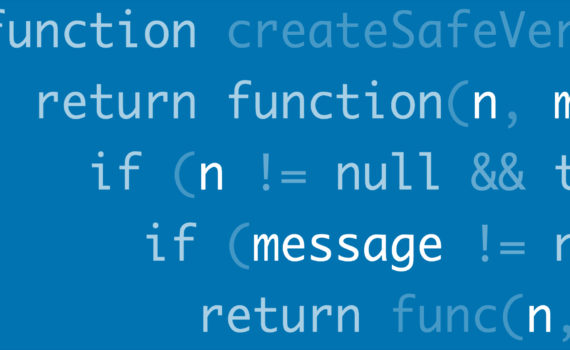
Learning Functional Programming in JavaScript
Disregard whatever you ponder JavaScript, and approach this material with a fledgling’s brain. To enable you to do that, we will survey the JavaScript nuts and bolts from the beginning, as though you’ve never observed JavaScript. In case you’re a tenderfoot, you’re in good fortune. At long last something investigating ES6 and useful programming starting with no outside help! Ideally, all the new ideas are clarified along the way — but don’t rely on an excess of spoiling.
In case you’re a prepared engineer officially comfortable with JavaScript, or an unadulterated utilitarian dialect, possibly you believe that JavaScript is a clever decision for an investigation of useful programming. Put those contemplations aside, and endeavor to approach the material with a receptive outlook. You may find that there is another level of JavaScript programming. One you never knew existed.
Since this content is called “Forming Software”, and practical writing computer programs is the undeniable method to create programming (utilizing capacity organization, higher request capacities, and so on, you might ask why I’m not discussing Haskell, ClojureScript, or Elm, rather than JavaScript.
JavaScript has the most vital highlights required for useful programming:
1. The first class works: The capacity to utilize works as information esteems: pass works as contentions, return works, and appoint capacities to factors and protest properties. This property takes into account higher request capacities, which empower fractional application, currying, and organization.
2. Anonymous capacities and compact lambda language structure: x => x * 2 is a substantial capacity articulation in JavaScript. Succinct lambdas make it simpler to work with higher-arrange capacities.
3. Closures: A conclusion is the packaging of a capacity with its lexical condition. Terminations are made at work creation time. At the point when a capacity is characterized inside another capacity, it approaches the variable ties in the external capacity, even after the external capacity exists. Terminations are the way fractional applications get their settled contentions. A settled contention is a contention bound in the conclusion extent of a returned work. Add 2 (1) (2), 1 is a settled contention in the capacity returned by add 2 (1).




